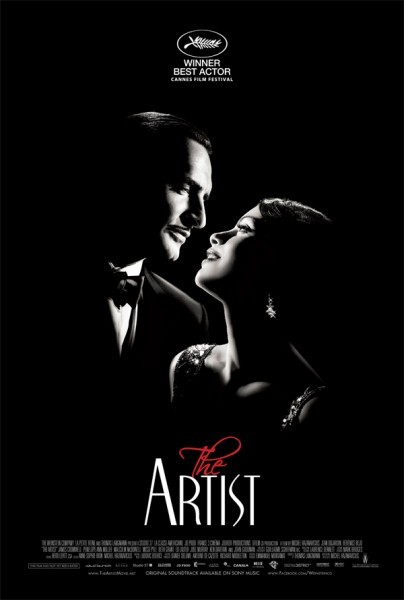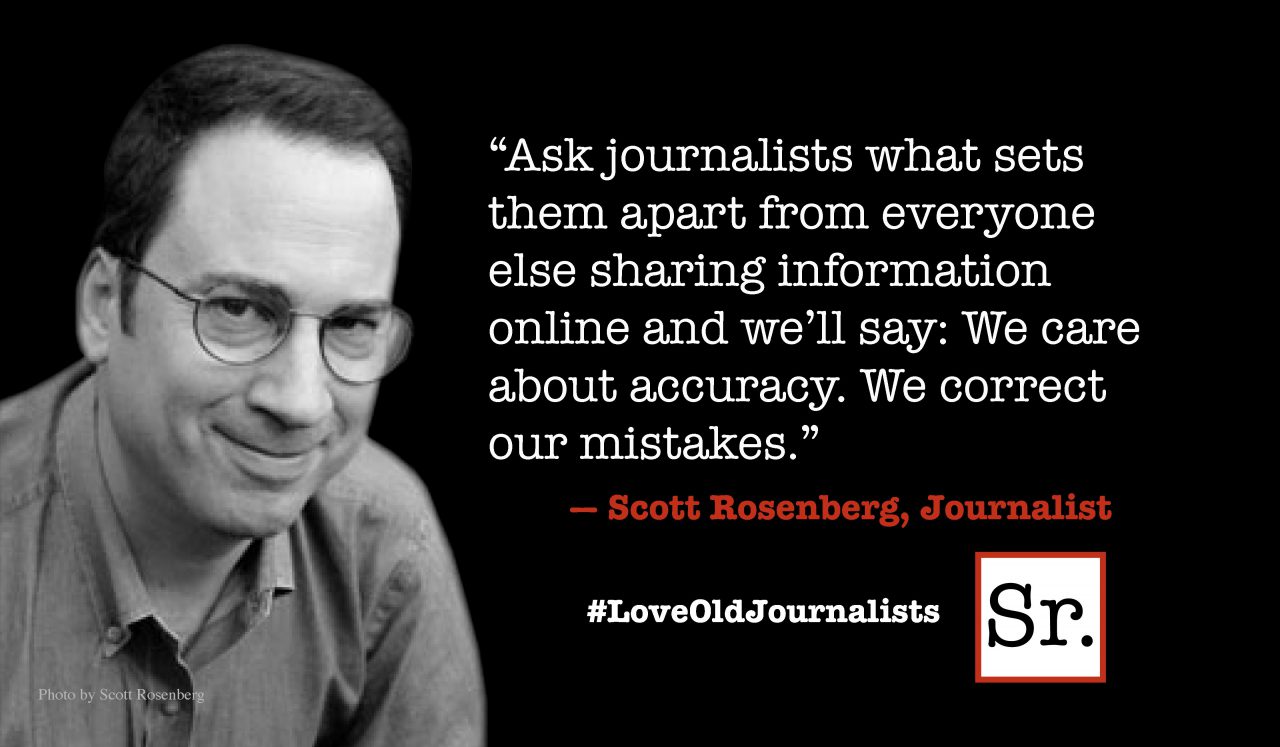When everyone from the coastal heavy hitters to the Joe Blow bloggers declare a movie a masterpiece, you’re probably smart to take it with a grain of salt.
So it is with “The Artist.”
French filmmaker Michael Hazanavicius’ daring update on silent movies is wildly creative, often quite funny, extremely well acted and peppered with philosophical implications.
It’s also a bit too familiar, being basically yet one more variation on “A Star Is Born.”
Here silent film matinee idol George Valentin (Jean Dujardin) sees his career hit the skids even as a vivacious newcomer Peppy Miller (Berenice Bejo, the director’s wife) becomes a new audience favorite thanks to her embrace of the newfangled sound technology.
The gimmick, of course, is that “The Artist” is itself a silent movie: shot in black and white, with all dialogue presented as written titles and employing old-fashioned gimmicks like iris shots.
But the fun Hazanavicius has playing with the absence of sound!
Early on George waits backstage at the premiere of his latest movie. As the film ends he listens intently for the sound of applause.
There is none.
Then his face lights up. Of course, we cannot hear the audience’s reaction. But the gleeful expression on George’s handsome mug tells us all we need to know.
Hazanavicius brilliantly explores the growing attraction between George and Peppy, the latter tapped to work as an extra in a big ballroom scene. We see the evolution of their relationship through a series of outtakes in which George’s character moves across a ballroom by taking various partners, one of them played by Peppy.
And in a wonderfully surreal moment, George starts hearing noises…and so do we. A glass placed on a table clunks. Human voices drift into the room.
What gives?
Dujardin’s George is a marvelous example of physical performance. His bouncy swagger clearly is modeled on that of Douglas Fairbanks, but there’s a bit of Chaplin there, too, not to mention the musical energy of a Gene Kelly.
His comic timing and idiot smugness were about the only things I liked in the clunky Hazanavicious-directed “OSS 117” spoofs of James Bond movies. But here Dujardin is nothing short of mesmerizing. With brilliantined hair, a devastating grin and a self-assured style that suggests a man completely in charge of his destiny, you truly believe he could have audiences eating out of his hand.
Bejo is his equal, making of Peppy a sort of quintessential, high-energy flapper whose fresh-faced girl-next-door sexuality translates effortlessly to the big screen.
In one enchanting moment, the lovestruck girl “makes love” to George’s empty tuxedo jacket hanging on a hall tree, putting her arm in the sleeve so that this invisible beau can hold her in a swooning embrace. Just wonderful.
The problem with “The Artist” is that after a wildly charming, comic beginning, the film eventually becomes bogged down in George’s decline.
Declaring himself an artist, he eschews sound movies and self-finances a silent jungle adventure. Its failure, coupled with the 1929 stock market collapse, leaves George broke and forgotten, well down the road to alcoholism and suicide.
Plus I’m no fan of the film’s title. Is George really an uncompromising artist…or just a guy unable or unwilling to change with the times?
Before it turns dark, though, “The Artist” is crammed with nifty moments. A sequence which depicts the collapse of George’s marriage (his wife is played by Penelope Ann Miller) through a series of breakfasts is a deft parody of the same scene from “Citizen Kane.”
And the film ends (thank heaven!) with a madly upbeat musical number in the Fred and Ginger mode.
The picture is packed with nifty little supporting performances, particularly John Goodman’s as a bombastic studio chief and James Cromwell’s as George’s loyal-to-a-fault valet/chauffeur.
Special mention must be made of Uggi, a Jack Russell terrier who plays George’s pet, co-star and constant companion. The dog shows what silent film acting is all about.
And let’s not forget Ludovic Bource’s original score, about the only thing (other than our own laughter) we hear while watching this film.
It’s not likely that “The Artist” will spawn a resurgence in silent cinema. But in its best moments it reminds us of what the fuss was all about.









